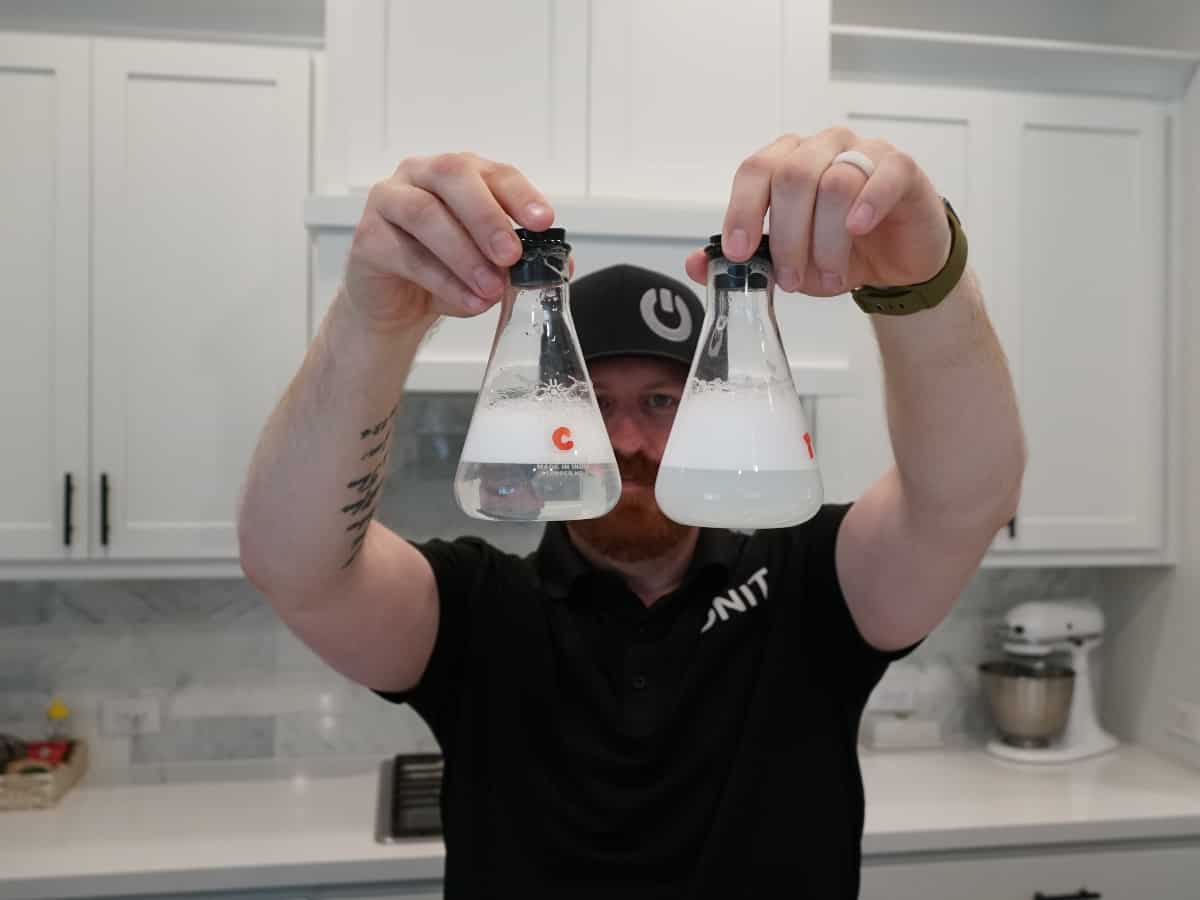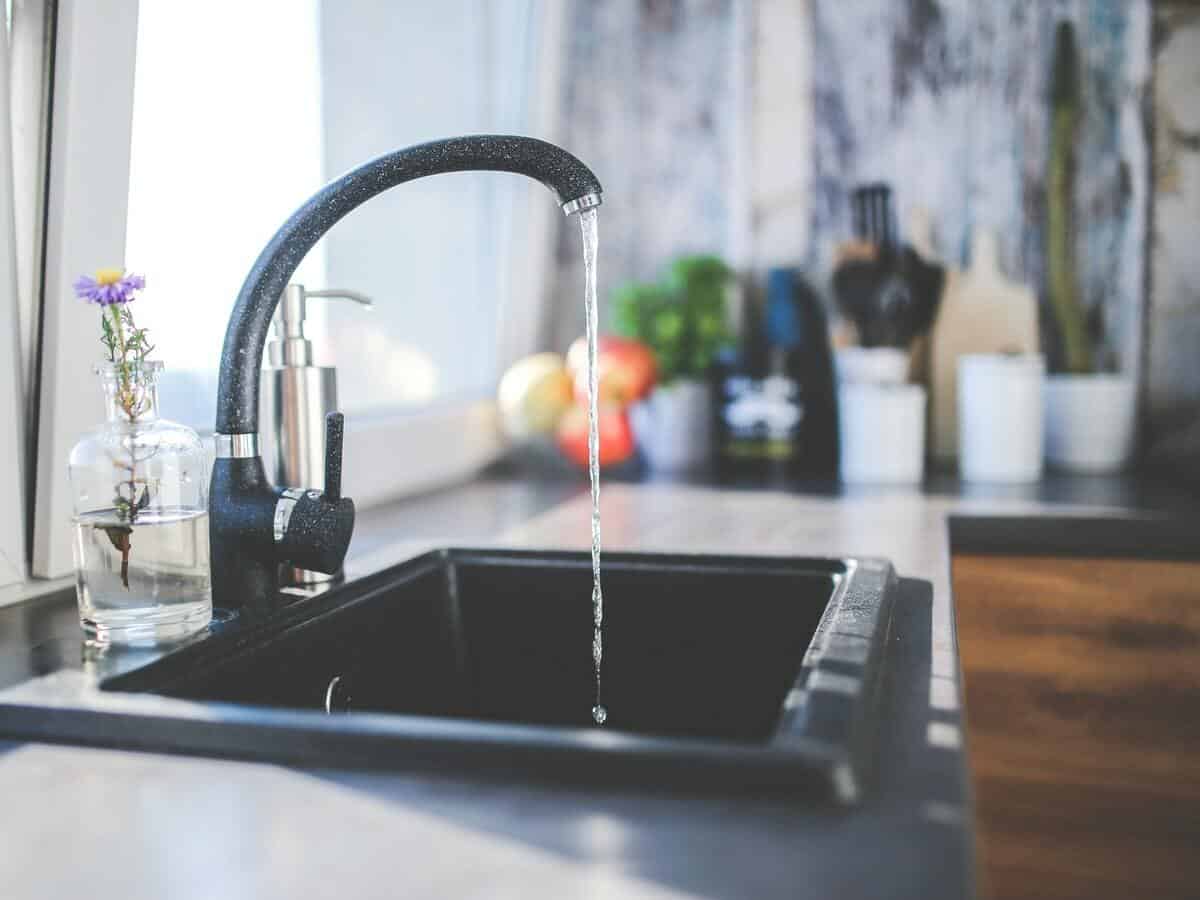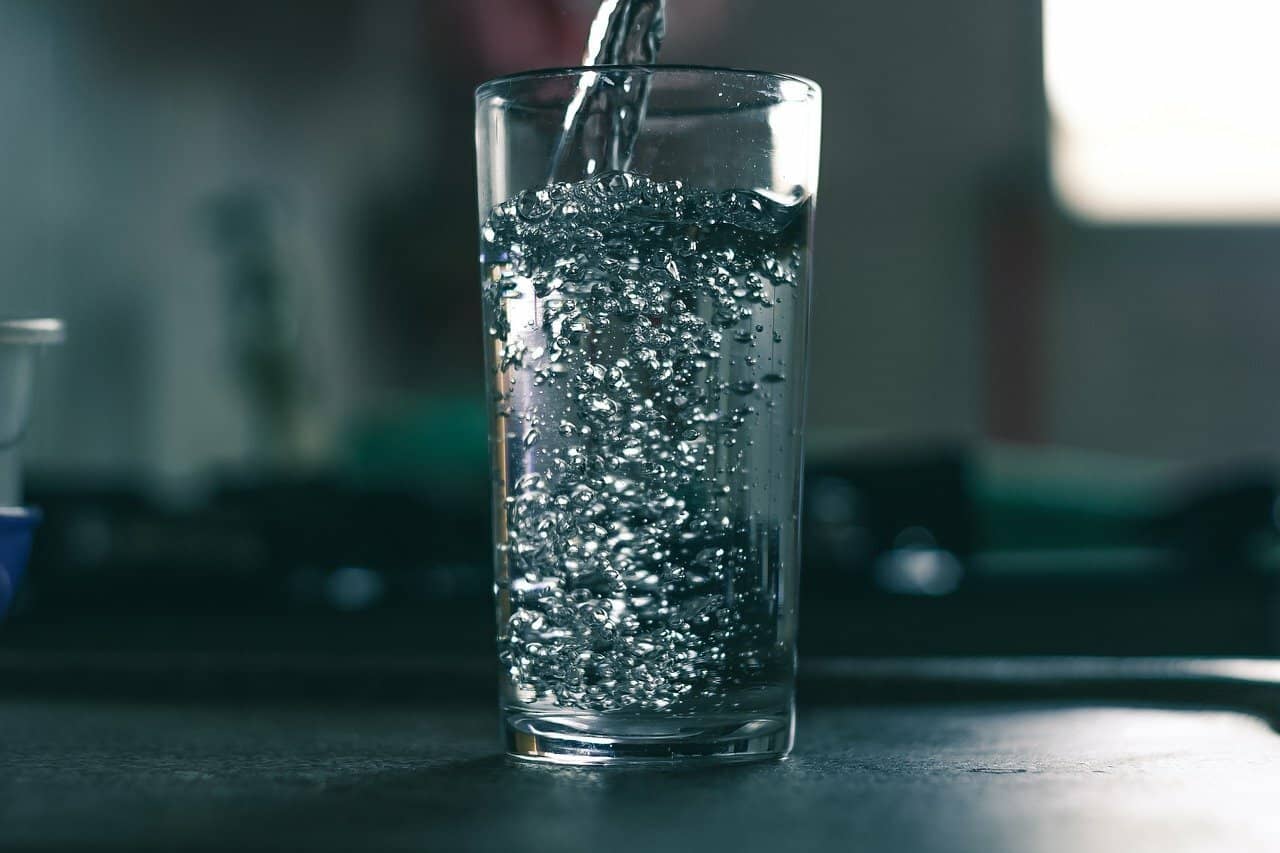Good water quality is essential for every household, and it’s a right of every human. Clean water promotes good health since the water is free from contaminants. Whether you’re using water from a community system or your well, it’s necessary to test and know how to interpret water test results. This helps ensure your water is fit for human consumption. According to the World Health Organization (WHO), about 829,000 people die each year from diarrhea due to contaminated water, poor sanitation, and hygiene.
If you’ve tested your water and received the results but aren’t sure what the numbers mean or you want to start testing and you want upfront information, this article is for you. We’ll help you know how to interpret water test results to ensure your home water is safe for you and your family.
Interpreting Water Test Results at Home
Water tests check coliform bacteria, pH, hardness, sodium, fluoride, iron, and nitrates. It also confirms sulfate, chloride, fluoride, iron, manganese, and total dissolved solids in your water. Let’s look at some of the properties and parameters in a water test result.
pH Balance
The pH of a substance is its acidity or alkalinity. The pH scale ranges from 0 to 14, with 7.0 being neutral, 0 extremely acidic, and 14 extremely basic.The acceptable pH limit is 6.5 to 8.5. Low pH can lead to pipe pitting, leading to a metallic taste in your water. In addition, low acidity increases metal cations such as lead, aluminum, nickel, cadmium, and copper, which can cause adverse health risks.
Industrial pollution and lack of carbonate minerals can cause acidic water such as magnesium and calcite. Alkaline water is not known to have adverse effects unless you have other illnesses like kidney disease. Also, the alkaline water becomes bitter and can cause skin dryness, itchiness, and irritation.
Turbidity
Turbidity measures the amount of particulate matter suspended in water (the measure of water clarity). It’s measured in Jackson Turbidity Units (JTU) using turbidimeters or in Nephelometric Turbidity Units (NTU) using a nephelometer. Turbidity levels in drinking water should not go over 5 NTU. Ideally, below one NTU should be a perfect level. Rainfall, algae and bacteria growth, erosion, and pollution can cause high turbidity. High turbidity in water can reduce the effectiveness of chlorine, hence an increase in bacteria and other organisms. This can lead to nausea and headaches. In addition, high turbidity reduces water aesthetics such as taste, odor, and temperature.
Coliform Bacteria
Coliform is bacteria in the digestive tracts of warm-blooded animals and humans. Water tests show whether harmful microorganisms, such as fecal coliforms and E. coli, are present.The presence of these organisms shows that there may be a risk of infection from contaminated water. Statistics show at least 2 billion people worldwide use feces-contaminated drinking water. Therefore, when your water is tested, these bacteria should be absent, negative, or less than one colony-forming unit per 100ml of water (<1 CFU/100ml).
The presence of coliforms in drinking water can show disease-causing microorganisms. These microorganisms can cause diarrheal diseases and other infections, such as cholera, typhoid, and rotavirus.You can add chlorine to eliminate coliform bacteria from your drinking water. If the water comes from a well, ensure the well is well-covered to prevent contaminated surface water from entering.
Water Hardness Scale
Water hardness measures how much calcium and magnesium ions are dissolved in the water. The more ions that are present, the harder the water is.Hardness is measured in milligrams per liter (mg/l) or grains per gallon (gpg). One grain/gallon equals 1.7mg/l. When you see this measurement on your water report, it tells you how many grains of hardness are in one gallon of water.
This guide helps you understand the water hardness scale measured in gpg. These figures can change slightly depending on different organizations.
| Water Hardness Level | Grains Per Gallon |
| Soft | 0 – 1 |
| Slightly hard | 1.5 – 3.5 |
| Moderately hard | 3.5 – 7.5 |
| Hard | 7.5 – 10.5 |
| Very hard | 10.5 and above |
Water hardness matters because it affects the way soap works in your home. Hard water can leave behind a film/scum on your dishes, clothes, and skin when you wash them. This film can also make your clothes feel rough or stiff after drying. To reduce water hardness, most people use softeners. Researchers approximate the global residential water softener market to surpass U.S. dollars 2.75 billion from 2021 through 2031.
Nitrates (NO3)
The nitrification process causes nitrate in drinking water. Nitrate contamination in drinking water is caused by human activities such as agriculture, animal waste disposal, and septic systems. However, it can also occur naturally in areas with high nitrogen-based nutrients in the soil or groundwater.The U.S. Environmental Protection Agency (EPA) has set the maximum contaminant level goal (MCLG) for nitrate (measured as nitrogen) at ten mg/L or 45 mg/l (nitrate).
Water with high levels of nitrate can be harmful to humans. For example, high nitrate can lead to methemoglobinemia (blue baby syndrome). The condition can cause an infant to turn blue because of a lack of enough oxygen in the blood.Therefore, knowing how to interpret water test results is essential to avoid such cases. You can treat high nitrate by reverse osmosis, ion exchange, or distillation.

Total Dissolved Solids (TDS)
Total dissolved solids (TDS) measure how much solid material is dissolved in water. The unit of measurement for TDS is milligrams per liter (mg/L). TDS is typically expressed as the sum of the particulate matter found in the water, including:
- Minerals such as calcium and magnesium
- Metals such as copper and zinc
- Organics such as pesticides, herbicides, and other chemicals and naturally occurring organic matter
The set standard level for TDS by EPA is 500 mg/L. High TDS levels cause the water to be colored and salty with a bitter taste. It can also lead to water hardness.
The TDS is set as a secondary standard, meaning that it does not pose any health risk but can change the watercolor, odor, and taste. You can use reverse osmosis to lower TDS levels.
Dissolved Oxygen
Dissolved oxygen is one of the critical components of water quality. It measures the amount of oxygen in a given volume of water, and it’s usually expressed as mg/L. According to EPA standards, dissolved gas below 3mg/L raises concern, while less than 1mg/L is hypoxic. Dissolved gas levels are healthy when they fall between 6.5 – 8 mg/L, although the higher, the better. Less dissolved oxygen can show how much pollution is in the water. There won’t be enough dissolved oxygen for fish and other aquatic life if there’s too much pollution to survive.
Chloride
Chloride is a mineral that’s found naturally in all groundwater at 10mg/L. While chloride isn’t toxic, it can be harmful if you ingest more than the recommended limit. The standard level of chloride in drinking water is 250 mg/L. Suppose it’s more than this: your water may become salty or taste brackish. It also contains high sodium content that can lead to corrosion in your piping. High chloride in water can be caused by septic, fertilizers, and animal waste.
Conductivity
Conductivity shows how well water conducts electric currents. It’s measured in micro-siemens per centimeter or μS/cm or micromhos per centimeter (µmhos/cm). The level of conductivity in drinking water is not necessarily harmful, but it can indicate possible contamination. The conductivity levels should range between 0.5 to 3 μs/cm. Anything higher than five μS/cm shows that there may be some contamination present.
High conductivity levels can indicate the presence of salts and other minerals in your drinking water, which could be harmful if you consume it for long. Inorganic dissolved solids such as nitrate, sulfate, chloride, magnesium, and sodium, among others, cause conductivity.
Fluoride
Fluoride is a mineral that occurs naturally found in most water sources. You can also add it to drinking water to help prevent tooth decay and cavities, but too much fluoride can cause health problems. According to the EPA, the ideal amount of fluoride in drinking water is 4.0 mg/L. In addition, there’s a secondary standard of 2.0 mg/L set to protect children from tooth discoloration.
Lead
Lead is a heavy metal that can cause serious health problems in humans if it accumulates in the body. You can find lead in many places, including the environment and our homes. Ingesting lead can cause poisoning and other health effects such as brain and kidney damage, especially in children. The EPA considers any lead consumption dangerous, and there are no safe levels of lead in drinking water. So, the EPA has set the lead MCLG to zero for drinking water.
The biggest source of lead exposure for most people is drinking water from the tap. In addition, lead is often present in older homes, which may have lead pipes or fixtures connected to the plumbing system. According to the EPA, drinking water can account for 20% or more of a person’s overall lead exposure. You can find many parameters in your water test results, some we have not mentioned in this article. It’s good to note that the results depend on the type of water test and the organization involved.

Stay Healthy with a Whole Home Water Filtration System
It’s critical to understand how to interpret water test results if you want to know how safe your drinking water is. This helps ensure that you’re protected from health issues that might arise after using contaminated water. It’s also good to test your water from time to time as the parameters keep changing. ONIT Home is here to help do thorough water tests for free in your home and release the results on the same day. We also walk you through the results to understand every detail of the report and make an informed decision. In addition, if you’re looking for a permanent way to keep your water safe, ONIT home provides a whole home water filtration system. So you can rest easy, knowing your water is free from contaminants.
Now that you know how to interpret water test results, visit us on our website or call us at 1-833-433-0331 for any additional information or service you may require regarding our water tests or filtration systems. We commit ourselves to keeping you and your loved ones safe. Want safe drinking water? We’re ONIT!



